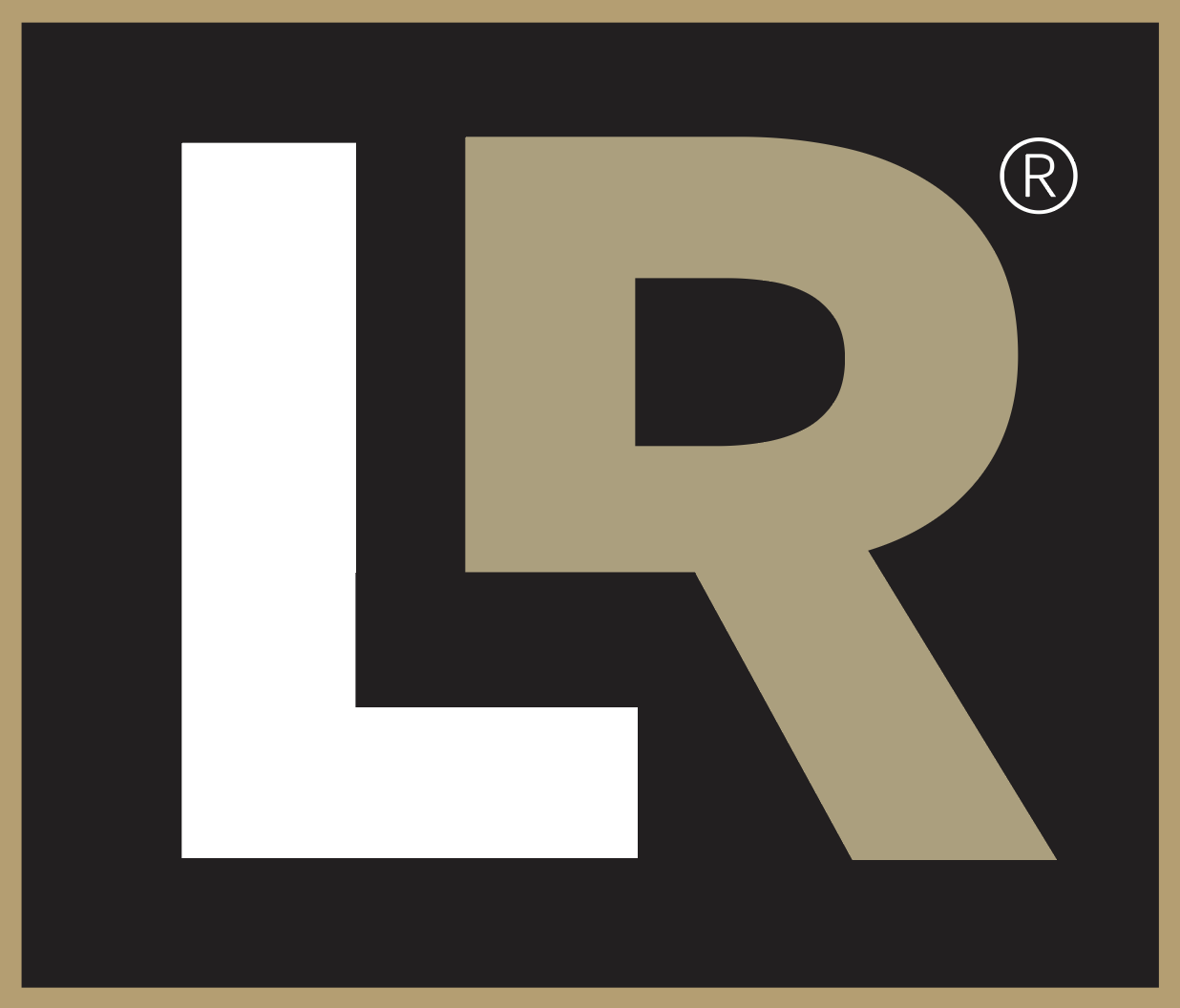Understanding Moving Insurance: It's More Than You Think

Understanding Moving Insurance: It's More Than You Think
A lot of people do not consider moving insurance important due to the simple assumption that moving companies automatically provide some form of coverage for items damaged or lost during transit.You probably don’t deem it an essential, either.Normally, when the mover sends you their contractual document, they’ll probably bring to your attention that their service comes with insurance that covers your stuff against damage when the items are in the mover’s hands.If you care to dig into the finer details of the contract, you will also probably notice that the coverage promised does not protect all your possessions and another form of insurance may be needed to properly safeguard your items.Regardless, the fact of the matter is that movers do not really provide mover’s insurance. What they are rather providing is valuation coverage – which is not the same thing as moving insurance.Understanding Moving InsuranceValuation refers to a limit of liability that is determined beforehand in the event of damage or destruction of goods.What may be lost on many people (and probably the reason most do not give mover’s insurance a second thought) is that the moving contract offers some form of “insurance” that requires the mover to pay some compensation without you (the customer) needing to incur an extra charge.Truth is, though, this does not reflect the actual value of your goods and is often some negligible amount.Beyond this, you will need to purchase additional valuation coverage if you really want proper protection of your belongings.Which takes us to the next point…
 Black and brown Dachshund standing in box; image by Erda Estremera, via Unsplash.com.
Black and brown Dachshund standing in box; image by Erda Estremera, via Unsplash.com.

About Amanda Kim
Amanda Kim is the content manager of moving companies. She is on a mission to provide users information about moving experiences, tips, and to give them information about insurance practices.
